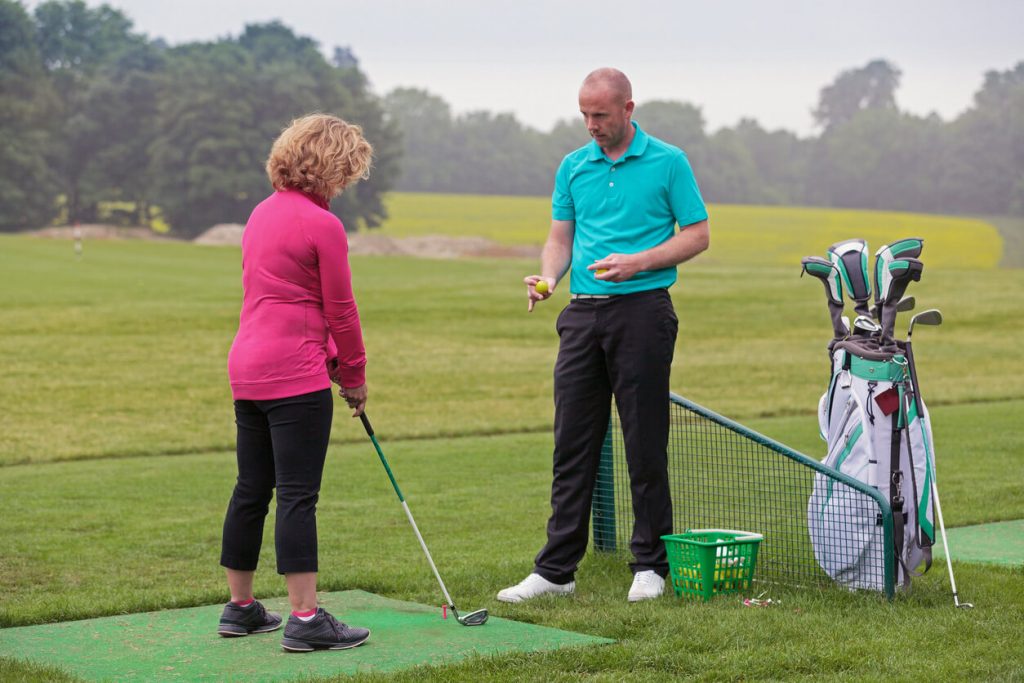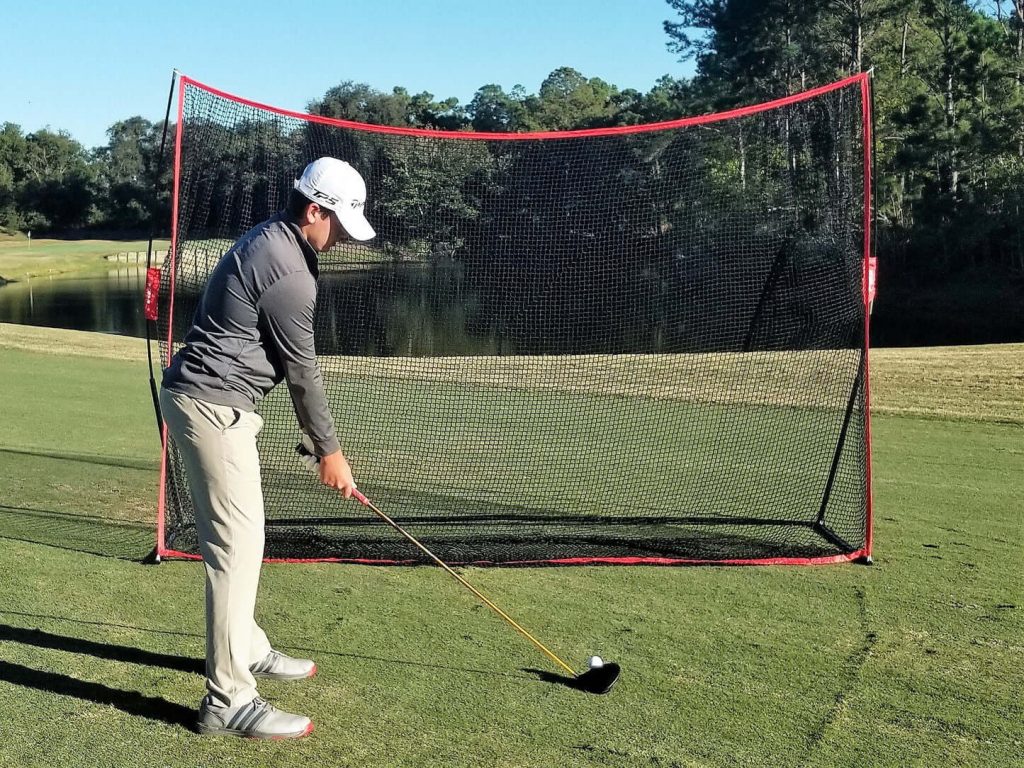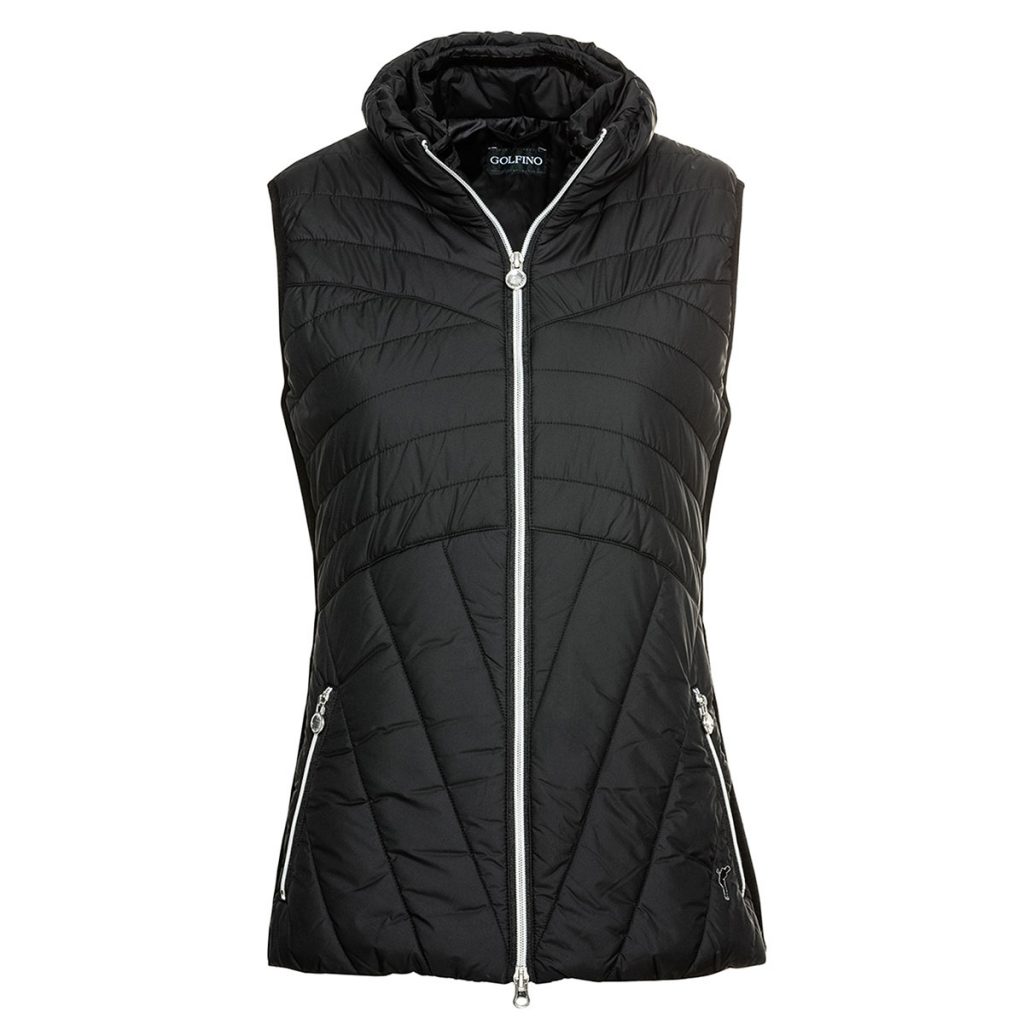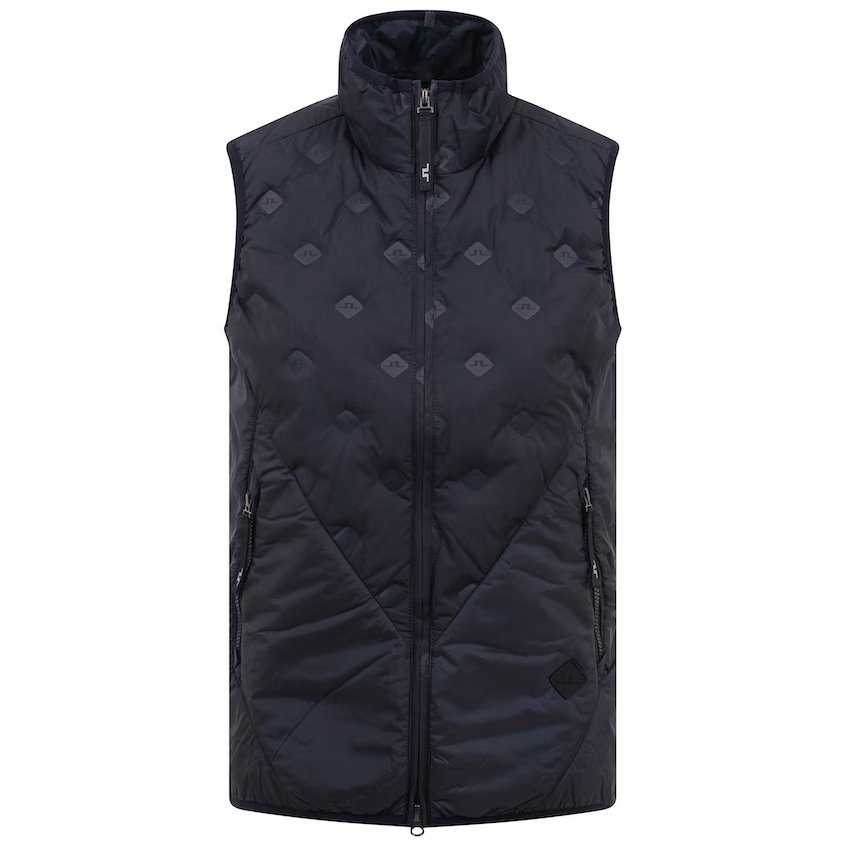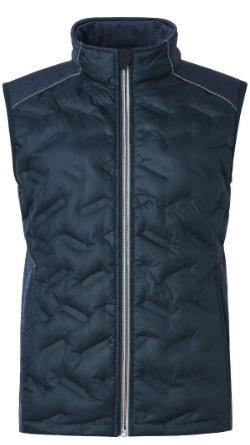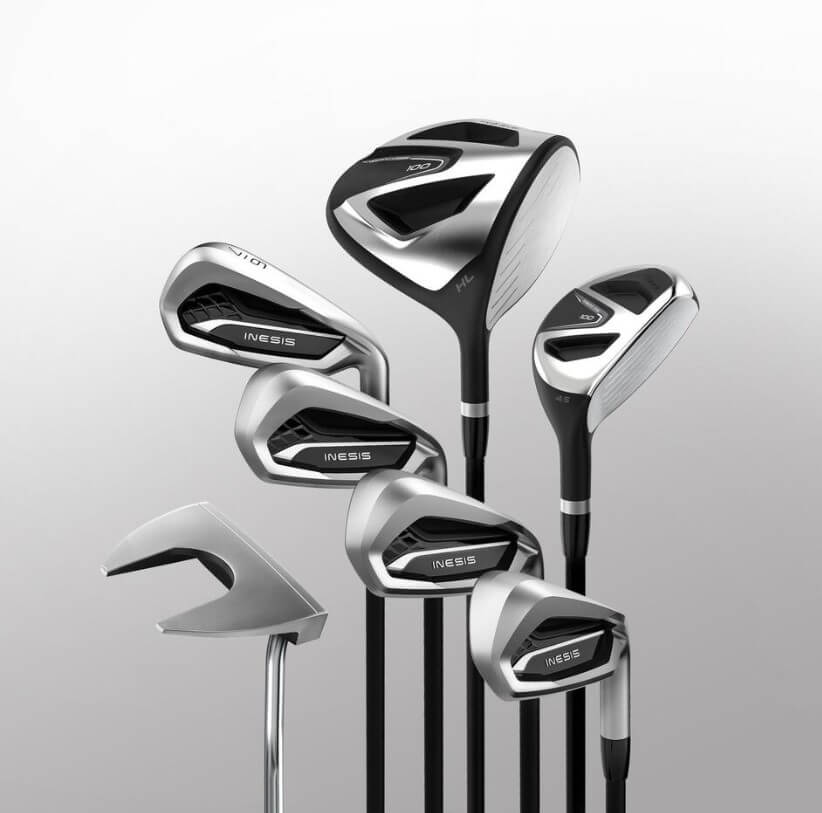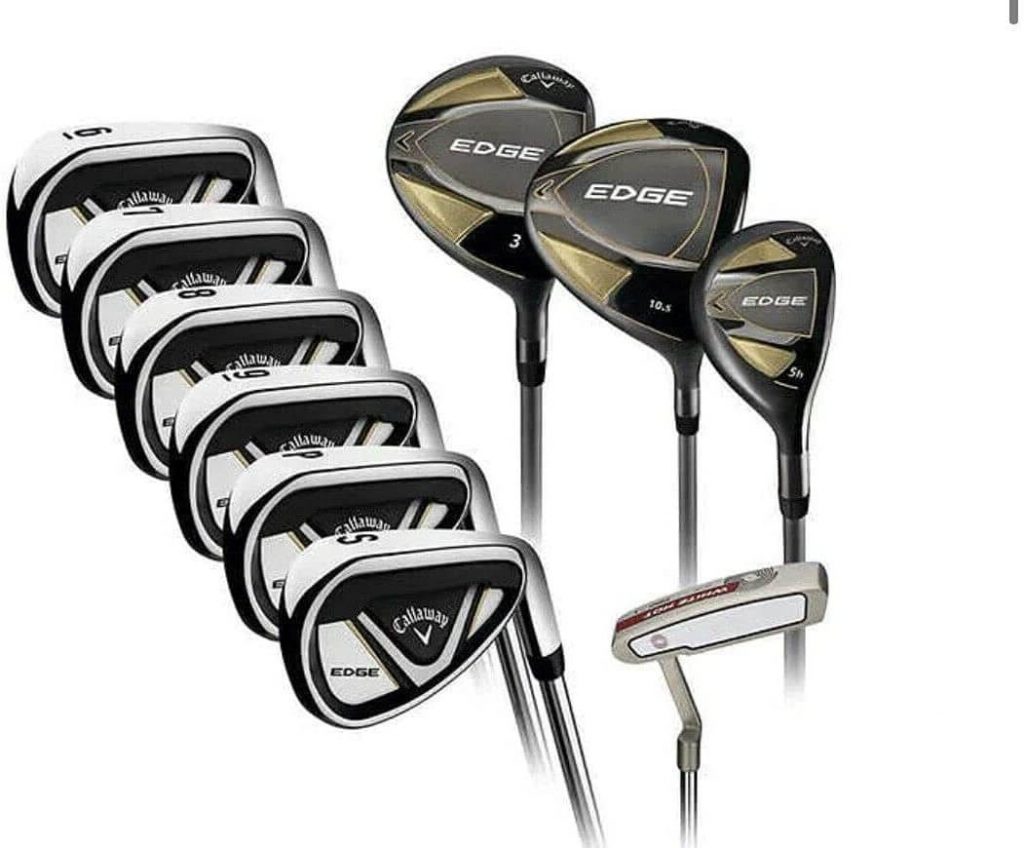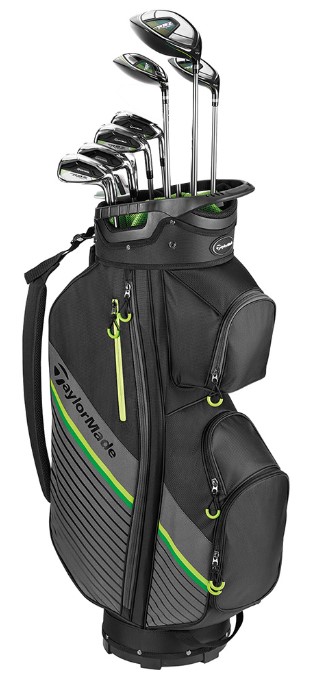The article below was written by Alex Perry and George Cooper of National Club Golfer.
If there’s one figure who’s been as vocal as anyone during golf’s not so civil war in 2022, it’s Rory McIlroy.
The World No 1 has continued to play a leading role in speaking out against LIV Golf, ardently defending the PGA Tour and his stark principles while clashing with Greg Norman on countless occasions.
In the process, McIlroy has polarised debate. For the most part, the Northern Irishman has been held up in high regard by fans and peers alike, admired and saluted for his honesty and eloquence while producing the perfect balance through his on course success.
On the flip-side, McIlroy’s vocalism has often intensified the ever-growing rifts in the sport, his candidness acting to provide further ammunition to the LIV Golf contingency.
Rory McIlroy vs Greg Norman
So what are we to make of McIlroy’s role over the past year? Has the four-time major winner gone too far with his condemnation of the breakaway series? Has he helped bolster LIV’s notoriety? And have his words exacerbated the tumultuous climate the sport is now in?
Here’s what two of our writers make of all the noise…
‘His actions are absolutely justified’
We called him the guardian of the PGA Tour, says Alex Perry, and people mocked that idea. But actually, that is what he’s been. He’s been the one doing all the fighting for the benefit of not just the PGA Tour, but his peers and the fans alike.
You could say why doesn’t McIlroy just step back and let Greg do what he’s got to do? But McIlroy has managed to defend the PGA Tour in a way that’s not been a distraction to his own game – because obviously he’s been out of this world in 2022 – all while being incredibly funny and entertaining for the rest of us.
Norman deserves everything that he’s had this year. If McIlroy had been unprovoked, then I’d say he’s been unjust, but the way LIV has been created, the way they’ve made all this noise, and the way they’ve gone after the PGA Tour means McIlroy’s actions are absolutely justified.
‘He’s exacerbated the friction’
I’m not saying they’re not justified, argues George Cooper, but McIlroy’s words have been problematic. No matter how well he speaks and how valid his points are, whenever he’s chimed in and taken a stab at LIV, it’s only exacerbated the friction and helped fuel their agenda.
If Rory hadn’t been so vocal this year, had he just sat back and not given LIV the time nor day, the rifts wouldn’t be as tetchy as they now are.
As golf’s biggest star, the media and fans hang on his every word. So, by coming out and acting the way he has – at times inconsistently – he’s made the drama much worse.
LIV must be loving every minute of it. After all, any attention is good attention. McIlroy has played into LIV’s hands this year. Greg must be loving it, because whenever McIlroy speaks out against LIV, provoked or not, suddenly every headline under the sun is LIV, LIV, and more LIV. It’s free advertising for them.
I appreciate it’s easier said than done given the provocation, the media bombardment, and the personal attachment to the controversy. But surely, sitting back, saying nothing, and letting LIV self-destruct would prove way more effective. Now we’re stuck in this divided situation, a situation Rory has unquestionably exacerbated.








